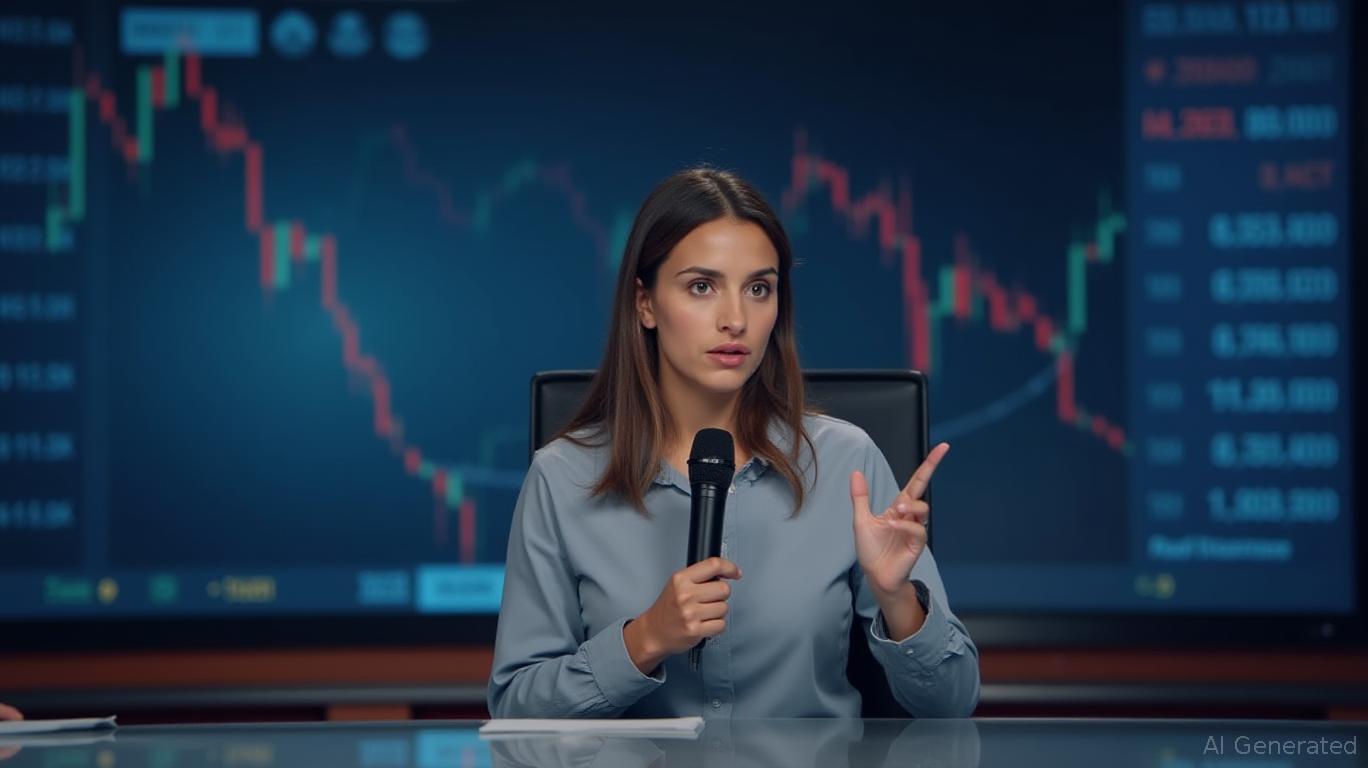Dogecoin Updates: Pentagon's DOGE Strives to Surpass China While Crypto Exchanges Broaden DOGE Futures
The U.S. Department of Government Efficiency (DOGE), a prominent cost-reduction program led by Elon Musk and operating within the Pentagon, is leading a major transformation of the military's drone operations. The initiative seeks to simplify procurement, increase domestic manufacturing, and quickly deploy tens of thousands of cost-effective unmanned vehicles. This strategy supports Defense Secretary Pete Hegseth’s July commitment to cut through red tape and secure American leadership in drone warfare—a plan shaped by the pivotal use of drones in Ukraine, as reported by
The

In a separate but related development, the cryptocurrency sector saw notable movement as
The intersection of these two DOGE-related trends—military upgrades and crypto trading—demonstrates the diverse impact of the acronym. While the Pentagon’s DOGE division is focused on defense, Dogecoin is gaining momentum as a financial instrument. Experts suggest that broader institutional access to DOGE through platforms like Webull could lead to short-term price swings, though the long-term outlook is still uncertain.
At the same time, DOGE’s involvement at the Securities and Exchange Commission (SEC) is drawing to a close, with sources indicating the group has finished its work there, as reported by
The Pentagon’s drone initiative, meanwhile, faces challenges as it overlaps with other projects like the stalled Replicator program, which aimed to deploy autonomous systems by 2025. While the upcoming DOGE report is expected to provide direction, it remains uncertain how these efforts will coordinate, according to Baird Maritime. The urgency is heightened by the need to counter China’s advances in drone technology and the lessons drawn from Ukraine, where drones have changed the nature of warfare.
As both the Pentagon and crypto markets adopt DOGE-driven approaches, the acronym’s dual meaning—efficiency in defense and digital assets—mirrors a larger trend of technological and regulatory progress. For Dogecoin, expanded trading opportunities could boost investor confidence, though its future will ultimately depend on market conditions and broader economic factors.